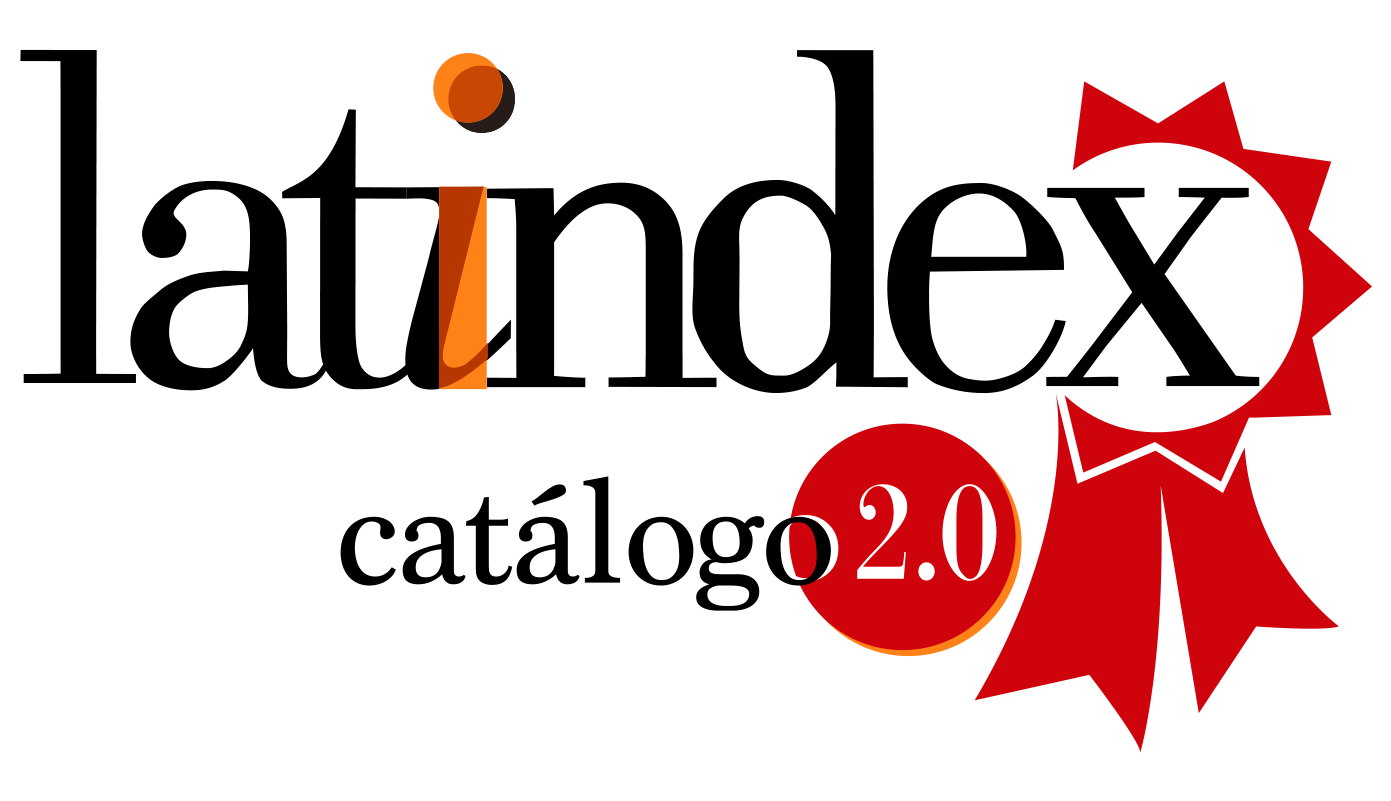Considerations on to want human and its singularity versus current anthropological conceptions of the technoscience
DOI:
https://doi.org/10.24310/NATyLIB.2020.v13i1.10677Keywords:
Artificial Intelligence, singularity, transhumanism, posthumanism, human love, free willAbstract
The new biotechnological advances are being used by certain contemporary thinkers to advocate not only an improvement of man but the transformation of him into a new post-human being. Such a proposal leads us to reflect again on human singularity and its possible overcoming. They suggest that this is possible in that such a singularity can be supplanted by a new genre of intelligent beings of an artificial nature, and man can first hybridize and subsequently join them in a new genre of "life." In the work we maintain that this approach is based on a conception of dualistic man in which corporeality is a component that has no connection to human singularity. Likewise, it only considers the human cognitive dimension as essential to that singularity. In this way, transhumanist-posthumanist discourses can imagine supposed nonhuman intelligent beings identical to humans and include the latter in them so that they are superintelligent or immortal. Such an approach is unreal and as such false. The living entity condition is essential in the definition of man and allows the human being to possess an activity of his own different from that generated in a machine. Thanks to this, human cognitive-appetitive activity is not circumscribed, but open to the environment, which becomes a world, which is full of meaning and sense. Likewise, the human will aspires to perfect and bring to fullness the very being of man in a singular ethical behaviour. This modifies man in terms of his goodness and leads him to fullness in the interpersonal relationship through a love of friendship that wants the good of the other. In conclusion, these last characteristics of the human will must be considered whenever human singularity and is raised they show in a more explicit way the abyss that separates man from any artificial intelligence, however developed she may be.
Downloads
Metrics
Downloads
Published
How to Cite
Issue
Section
License
Those authors who have publications with this journal, accept the following terms:
1. Copyright and licensing information are clearly described on the journal’s web site: all content published in Naturaleza y Libertad is open acces without limit, and are subject to the Attribution-NonCommercial-ShareAlike 4.0 International (CC BY-NC-SA 4.0) license. The full text of which can be consulted at https://creativecommons.org/licenses/by-nc-sa/4.0/
2. It is the responsibility of the authors to obtain the necessary permissions for the images that are subject to copyright. The authors whose contributions are accepted for publication in this journal will retain the non-exclusive right to use their contributions for academic, research and educational purposes, including self-archiving or deposit in open access repositories of any kind. The electronic edition of this magazine is edited by the Editorial de la University of Malaga (UmaEditorial), being necessary to cite the origin in any partial or total reproduction.
3. This journal allows and encourages authors to publish papers on their personal websites or in institutional repositories, both before and after their publication in this journal, as long as they provide bibliographic information that accredits, if applicable, your posting on it.
4. In no case will anonymous papers be published.





18.png)













